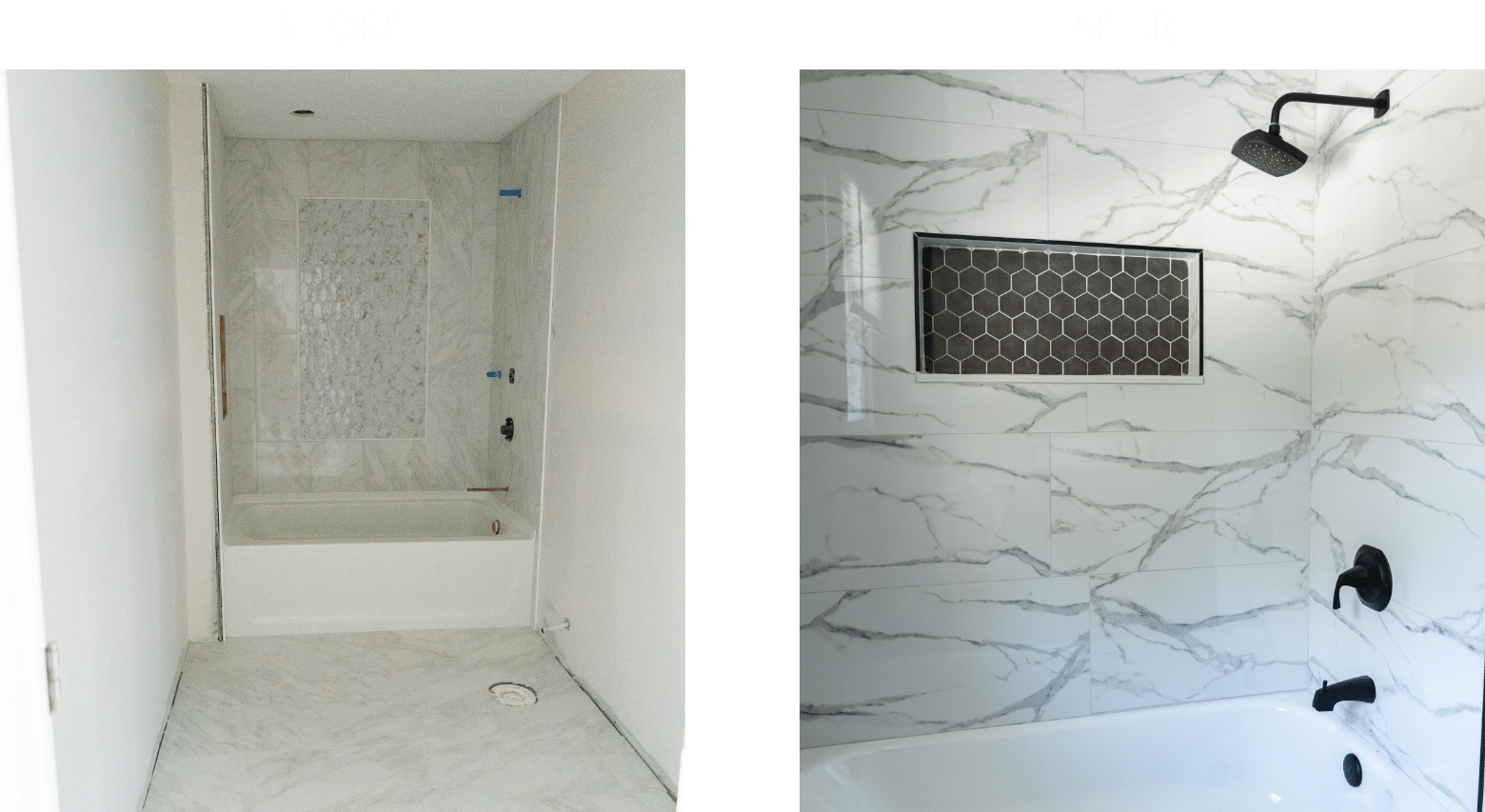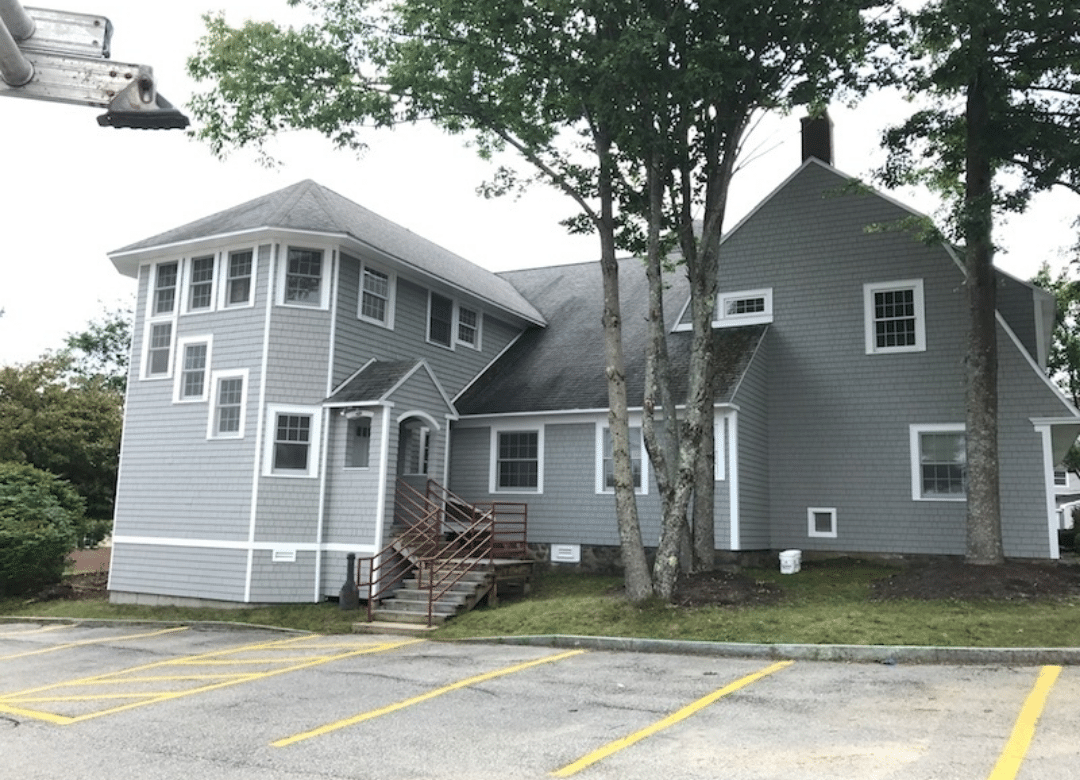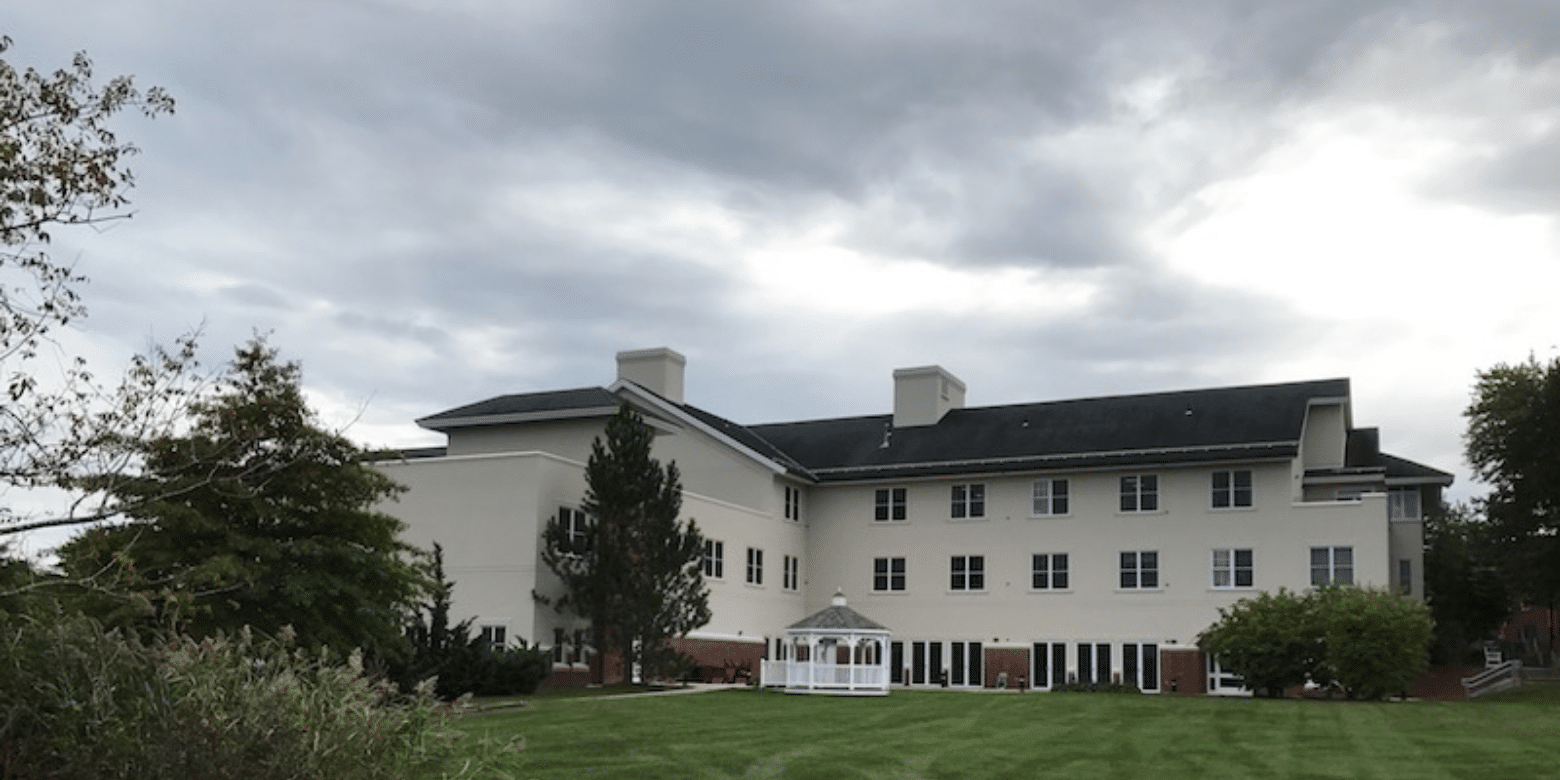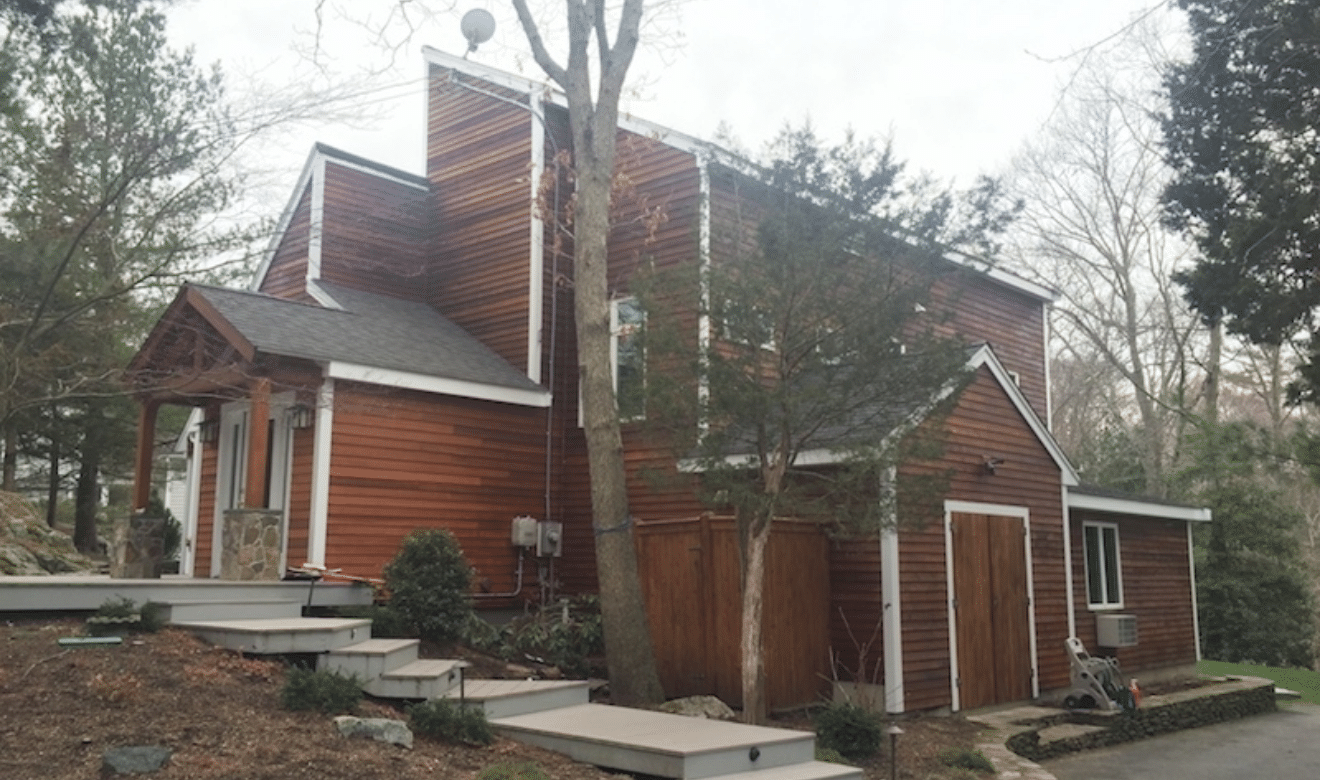A high-quality exterior paint job doesn’t start with a brush — it starts with proper preparation. Whether you’re repainting to freshen up your home’s appearance or protect it from the elements, the longevity and finish of your exterior paint depend heavily on how well the surface is prepped beforehand. At RP Pro Contracting, our NH house painters know that the prep work often makes the biggest difference. Here’s what it takes to do it the right way.
Inspect the Surface
Before any prep work begins, a thorough inspection of the home’s exterior is essential. Cracked, peeling, or bubbled paint is a sign of underlying issues that need to be addressed. Look for signs of mold, mildew, wood rot, or moisture damage. Any structural problems or damaged siding should be repaired prior to painting. Skipping this step may lead to poor adhesion or further deterioration beneath the new coat of paint.
Wash the Exterior
Dirt, dust, and mildew can prevent paint from sticking properly. Pressure washing is often the first physical step in surface preparation. It clears away years of built-up grime and ensures a clean canvas for primer and paint.
However, this step should be done carefully. Using the wrong pressure setting or technique can damage wood, stucco, or siding. Allow the surface to dry completely after washing, typically 24 to 48 hours before proceeding.
Scrape and Sand Problem Areas
After cleaning, any loose or flaking paint must be scraped off. This prevents future peeling and ensures the new coat has a strong bond to the surface. Once scraping is complete, sanding helps smooth out rough edges and creates an even surface for priming.
If the home has old lead-based paint, it’s important to follow safety guidelines or hire a professional trained in proper removal procedures.
Repair and Prime
Small holes, cracks, or damaged caulking around windows and doors should be patched or filled. Re-caulking seams and joints also helps weatherproof the home and gives the paint a smooth edge to adhere to.
After repairs, priming is the next crucial step. A good primer seals the surface, covers stains or discoloration, and improves paint adhesion. For areas with bare wood or repaired spots, spot-priming may be sufficient, while older homes or chalky surfaces often require a full primer coat.
Protect Landscaping and Fixtures
Prep work includes protecting the area around your home. Drop cloths, painter’s tape, and plastic sheeting should be used to cover plants, patios, walkways, and any exterior fixtures. This step helps prevent accidental spills and keeps the project clean and professional from start to finish.
RP Pro Contracting | NH House Painters
At RP Pro Contracting, we do more than paint; we deliver lasting results through skilled prep, quality materials, and experienced craftsmanship. If your home is ready for a fresh coat, contact our NH house painters today for a quote or consultation. We’ll help you get the job done right, from the first step to the final finish.





